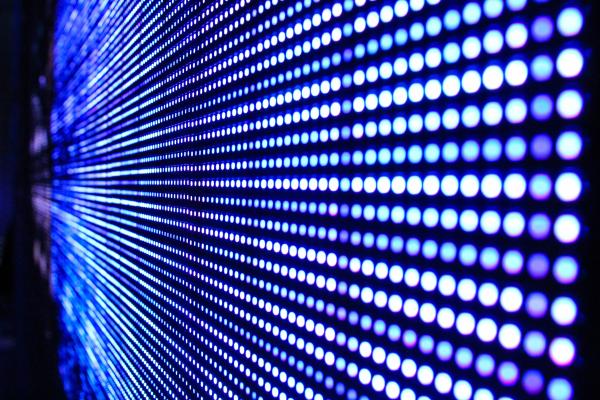How Do LEDs Produce Light?
Have you ever wondered how your phone, TV, and lamps all produce light?
LEDs are one of the most efficient ways to produce light, but how do LED lights work?
This blog post will provide an overview of the science behind LED lights so that you can better understand their power and potential.
What Are LEDs?
LED stands for “light-emitting diode”. A diode is a semiconductor device that only allows electricity to flow in one direction.
Diodes are made from two different types of semiconductor materials, either silicon or germanium. These materials allow electrons to move freely within them and interact with each other when electricity is applied.
The Science Behind LED Lights
When an electric current passes through a diode, it activates the electrons in the semiconductor material and causes them to emit photons (light particles).
The color of these emitted photons depends on the type of material used—silicon emits yellowish orange light while germanium emits blue-green light.
As more current passes through the diode, more photons are released and brighter light is produced. This process is what makes LEDs so efficient—as more electricity is applied, more light is produced without any additional energy being wasted.
LEDs VS Incandescent Bulbs
LEDs also have several advantages over traditional incandescent bulbs.
For starters, they consume much less energy than incandescent bulbs and can last up to 50 times longer before needing to be replaced.
Additionally, because LEDs don’t generate heat like incandescent bulbs do, they use less energy overall which can help reduce your home’s carbon footprint.
Plus, LEDs are available in a wide variety of colors which means you can easily customize your lighting to suit your needs or preferences!
Where to Use LED Lights?
LEDs can be used almost anywhere you would use traditional lights, including in homes, businesses, streets, parks, and more.
When buying lamps and lights, make sure you choose LED ones because of their long lifespans and energy efficiency. No matter if you choose luvlink.com.au, or any other company, make sure you are considering buying LED lights and lamps only. This will not only save money but also protect the environment.
They are ideal for under cabinet lighting, flashlights, spotlights on ceilings, indoor and outdoor security lighting, flood lighting for gardens and pathways, accent lighting for artwork or architectural features, and more.
Benefits of LED Lights
Energy Efficiency
LED lights are renowned for their energy efficiency, using at least 75% less energy than incandescent bulbs and lasting up to 50 times longer.
Durability
LEDs have a much longer lifespan than traditional bulbs, meaning that they need to be changed far more infrequently.
Variety
LEDs come in a range of colors and brightness levels, allowing for greater customization of lighting for specific purposes.
Safety
LED lights produce almost no heat when in use, making them safer than traditional bulbs which can become very hot after long periods of usage
Eco-Friendly
LEDs are free from hazardous materials such as mercury, so they do not contribute further to environmental contamination when disposed of correctly.
Conclusion
LEDs offer many benefits over traditional light sources like incandescent bulbs—they consume less energy and last longer while providing brighter and more customizable lighting options for your home or business. Knowing how LEDs produce light gives us a greater understanding of their power and potential; understanding this science can help us make smarter decisions about our lighting choices in order to save energy and money in the long run!

